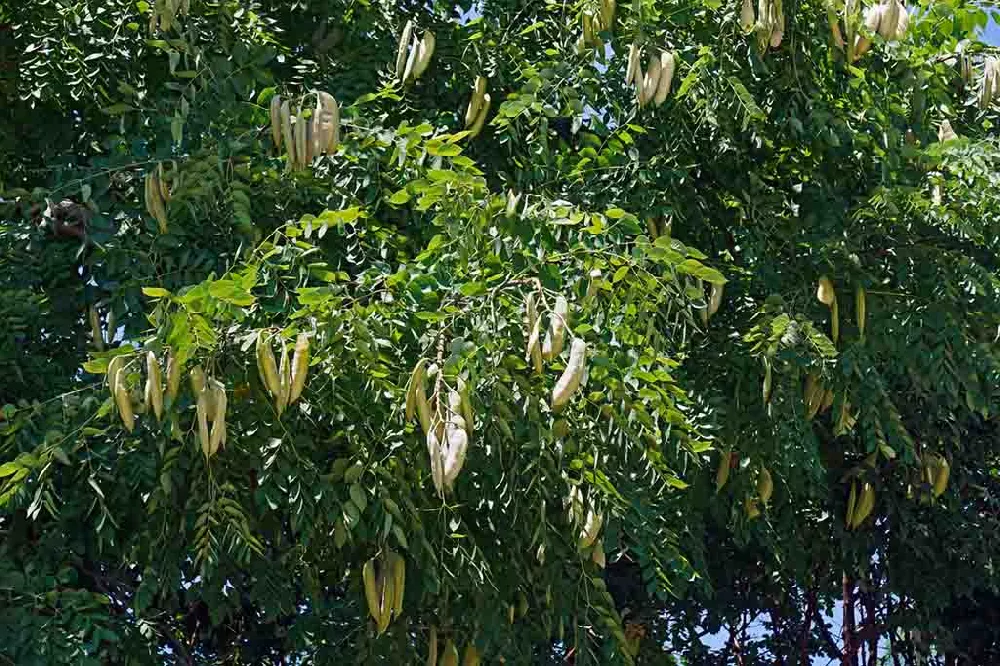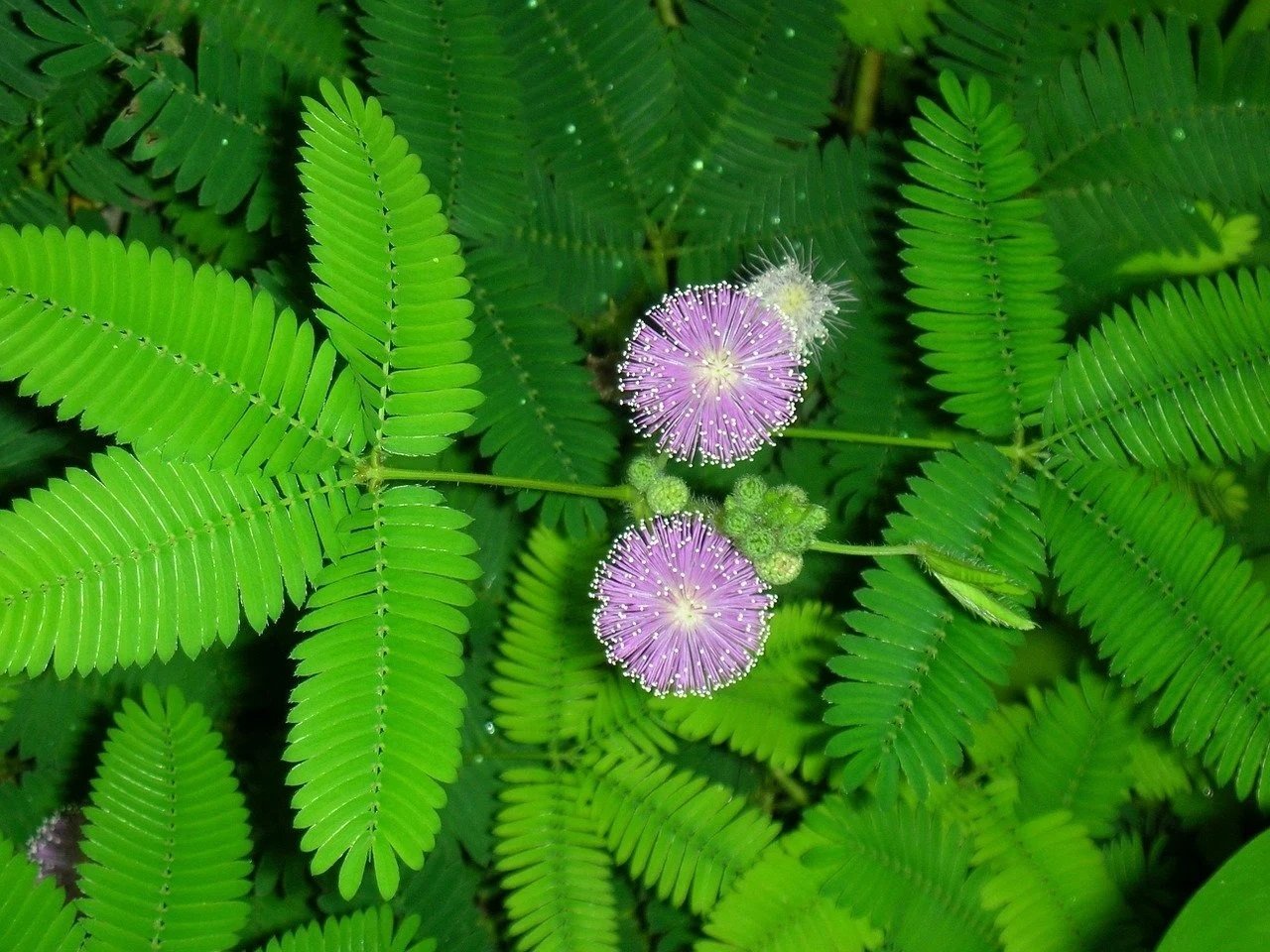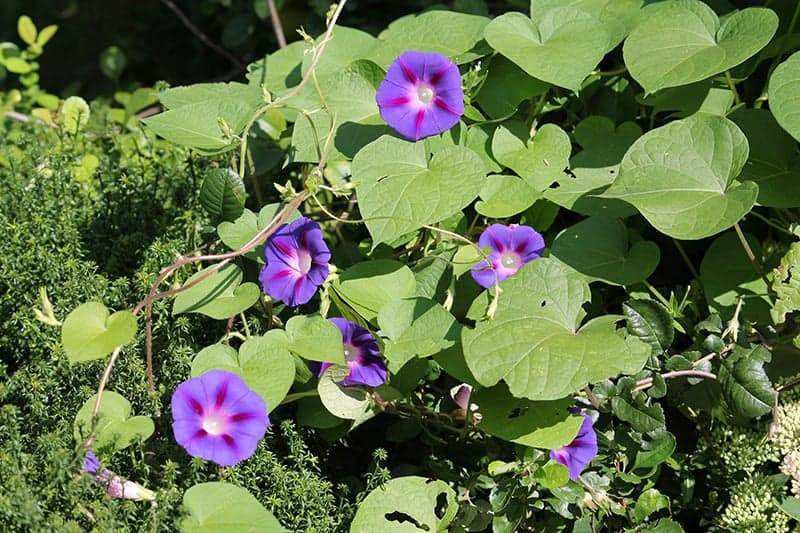- Home >
- Locust Trees
Locust Trees for Sale
Filters
Price Range
Growing Zones
Sunlight
Mature Height
1 Results
Locust Trees for Sale – Buying & Growing Guide
The quintessential shade tree, locusts have an attractive form, interesting leaves, and brilliant fall foliage. Shop locust trees today and you will soon have a spreading canopy that offers a great spot for a shady picnic.
How to Plant Locust Trees
Locust trees are excellent for erosion control and tolerate urban pollution and road salt spray well, so they are good trees to plant on graded areas and near roads and driveways. Some locusts grow quite tall, so allow enough space between trees that they will not be crowded when they reach their mature height.
As members of the pea family, some locusts (namely black locusts) fix nitrogen in the soil and thus need little in the way of fertilizer. Don’t fertilize any locusts when you plant them, however, but give them a year to acclimate to their site.
How to Grow Locust Trees
- When. Plant in spring in the North, and in spring or fall in the southern U.S.
- Where. Choose a sunny spot with well-drained soil. Locusts are not fussy about the soil’s pH.
- How. Leave your sapling outside for a week before planting to acclimate it. Dig a hole as deep as the root ball and twice as wide. Tease out encircling roots and place the tree in the hole at the same depth it was in the pot. Backfill with soil, water thoroughly, and apply mulch around the root zone.
How to Care for Locust Trees
- Watering and nutrients. For the first few weeks after planting, water your locust daily unless you get rain. After that, you can decrease to one deep watering per week for the rest of your sapling’s first year. It shouldn’t need supplemental watering after that unless you’re experiencing a drought. Fertilize your honey locust with a balanced, slow-release fertilizer in spring.
- Pruning. Once grown, locusts only need pruning to remove dead or diseased branches, or any that are rubbing against each other. For the first few years, prune in the fall to shape your tree as needed, working to keep an open and airy canopy.
- Pollination. Although some locusts reproduce via underground suckers, the trees are also pollinated by insects. Although each tree has flowers with male and female parts, they do not usually self-pollinate.




